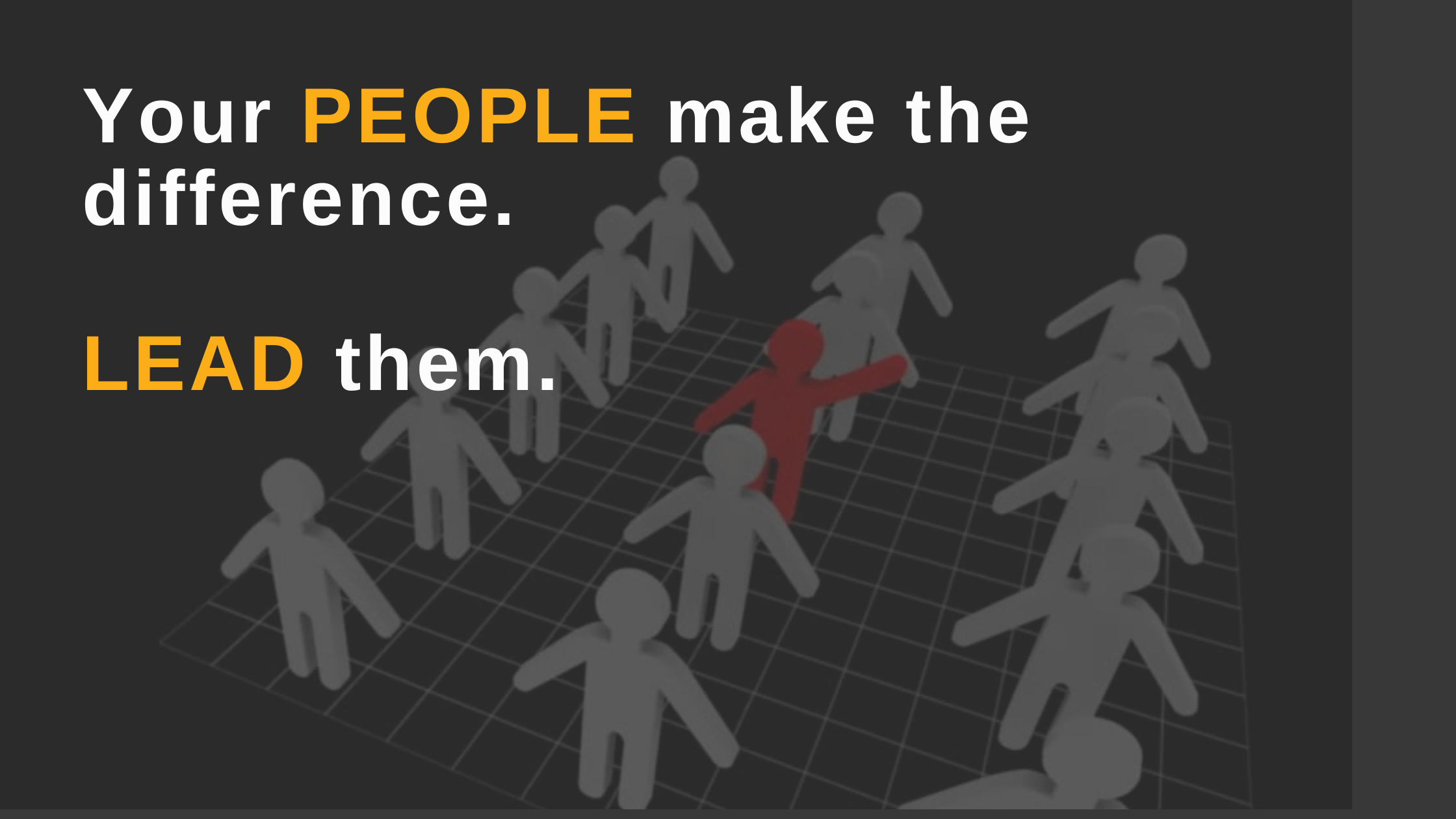Imagine this: A customer discovers your brand through an Instagram or LinkedIn ad, browses your website, abandons their cart, and later receives a personalised email or personalised phone call urging them to complete their purchase, revisit your site or have a conversation about their needs. A few days later, they engage with your business in person again, this time, equipped with their previous interactions with your business and influenced by the perfect “add-on” to the order, as suggested by their browsing history, they complete the purchase.
This brand cohesion and seamless, connected experience is at the heart of what blending various omnichannel strategies can do for a business and why it’s important.
At OH!, we generally split our methods 65% offline and 35% online or digital. Depending on your business and target audience, this ratio will change to accompany reaching your customers successfully. For Instance, 65% of our focus is on offline methods through building strong relationships with our B2B clients, particularly those who potentially are found in more “relationship” building spaces like tradeshows, a magazine, at a get-together BBQ, or perhaps even at the pub. Not everybody is on social media and even if they are, they are looking for the face-to-face connection to build trust and we cannot forget this important piece.
Only focusing on growing one aspect of a business’s marketing mix diminishes the chance to grow another. That’s why we work closely with our partners to understand what marketing ratio will work with them and their customers. Hence, we dedicate around 35% of a business’s growth to digital marketing. Why? In 2025, having an online presence to grow and retain an audience is more important than ever.
We primarily offer six channels of mixed-media marketing to enhance a client’s brand presence and offer sales opportunities.
We specialise in identifying the right channels through our strategic planning and work through the customer journey so all the channels feed into each other to maximise outcomes. Our offline channels can include:
- Tradeshows
- Live events
- Industry association events
- Sponsorships/ Collaborations
- Awards/ Publications
- Utilisation of capability statements/ sales brochures
These offline/ traditional channels are supported by channels such as:
- Newsletters
- Social media channels (LI, FB, Insta)
- Website forms/ blogs/ keyword research
- Google My Business
When onboarding a new client, we make sure to get them familiar with Google My Business (GMB) as Google is King and if you want any sort of organic reach and to play the “search” game without paying for ads, then it is a must.
GMB is essential for any business. It can assist your company in increasing visibility in the local area, enhancing its appeal and reputation through Google reviews, boosting traffic to official links and websites (helping organic search engine optimisation), and it ensures that your most vital information, such as store location, trading hours, and contact details, are always visible. In fact, a study posted in late January found those who used GMB had a better organic CTR (click-through ratio) for SEO, with an average CTR of 27.6%!
We then look at LinkedIn, Facebook and Instagram – messaging on these channels differs depending on who the target markets are and what we are trying to achieve. For example, for some clients Instagram is purely to promote culture and the employee value proposition. LinkedIn is a business channel and should be treated as such. Facebook is still superb at targeting local areas for minimal spend (and please don’t go spending 000’s and 000’s. We recently spent $48.50 for a local yoga studio and provided 72 new clients as a result). The less you spend, the harder FB works.
Using the right channels for your market ensures that your message or product reaches the right audience at the right time rather than getting lost in a sea of platforms with sporadic and low engagement. And remember to stay away from vanity metrics. It’s not about having 000’s of likes and follows, it’s about your audience taking action – having the phone ring, the bookings and enquiries coming through.
Spreading efforts too thin across every channel for every potential consumer without consistency can dilute brand identity and waste resources. In contrast, a focused, streamlined strategic presence on channels with a strong customer journey and strategic plan (that’s our specialty), maximises impact and connection. Studies show that businesses with strong cross-channel marketing retain up to 89% of customers, in comparison to 33% of companies retaining customers with weak-aligned multi-channels. By aligning your marketing channels with customer preferences and behaviour, you create a more meaningful, personalised, and streamlined experience that drives stronger engagement and conversations.
All this is great but the most important point to walk away with is:
Don’t answer the door in your bathrobe to potential customers, dishevelled and scrambling to create your best image. Make sure to put on your best and mean it. This means, make sure your channels are all representing the same message and how you want to be perceived. Because when customers come stalking, and they will, your profile and perception should be exactly what you want it to be, so they can take the next step.
Need help with strategic planning to tie all this together, touch base, it’s what we do.




